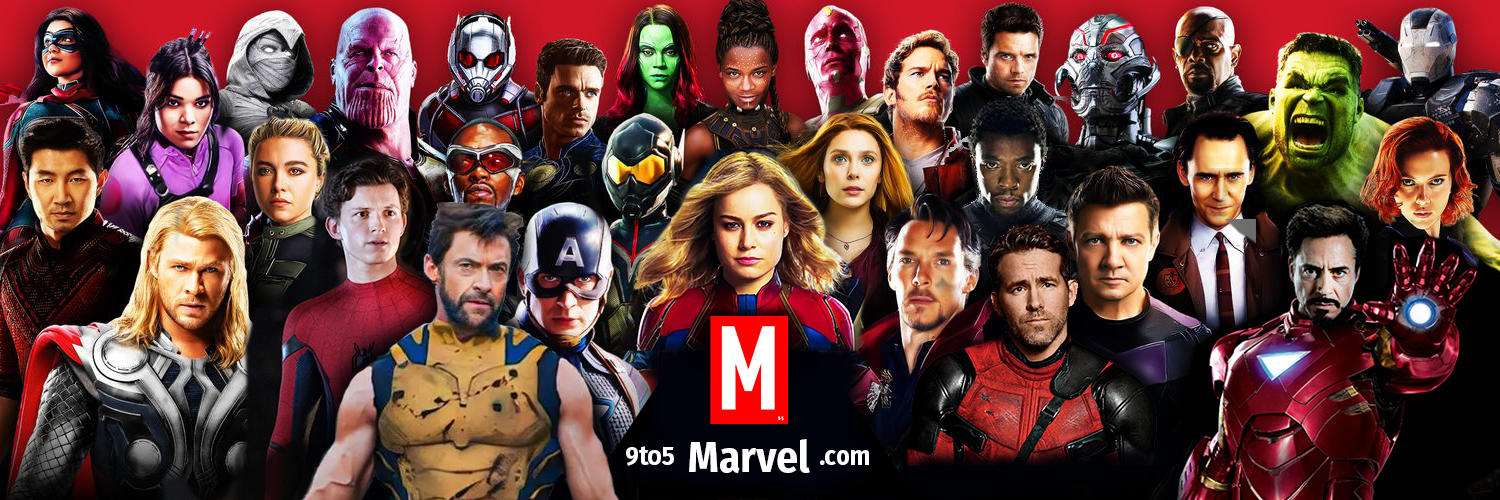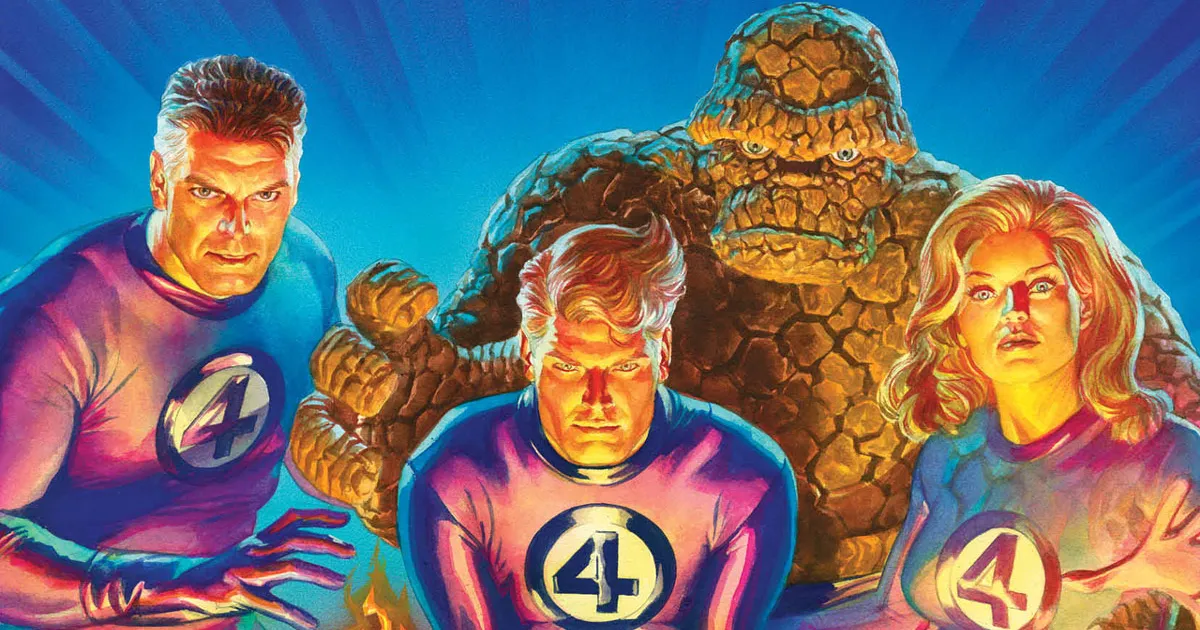In the vast landscape of comic book history, few teams have left as indelible a mark as the Fantastic Four. Created by the legendary duo of Stan Lee and Jack Kirby, the FF burst onto the scene in 1961 and quickly became a cornerstone of the Marvel Universe. Beyond their iconic powers and familial dynamics, the Fantastic Four’s legacy is deeply intertwined with their exploration of the unknown, their ever-expanding roster, and their complex relationships with both allies and enemies.
While their superhuman abilities are often in the spotlight, the Fantastic Four’s enduring commitment to exploration is equally significant. Rooted in a passion for scientific curiosity and discovery, the team’s initial exposure to cosmic rays in their debut issue set the stage for their remarkable journey through uncharted territories. Stan Lee and Jack Kirby’s storytelling prowess paved the way for a series that not only featured super-powered battles but also delved into the realms of space, time, and alternate dimensions.
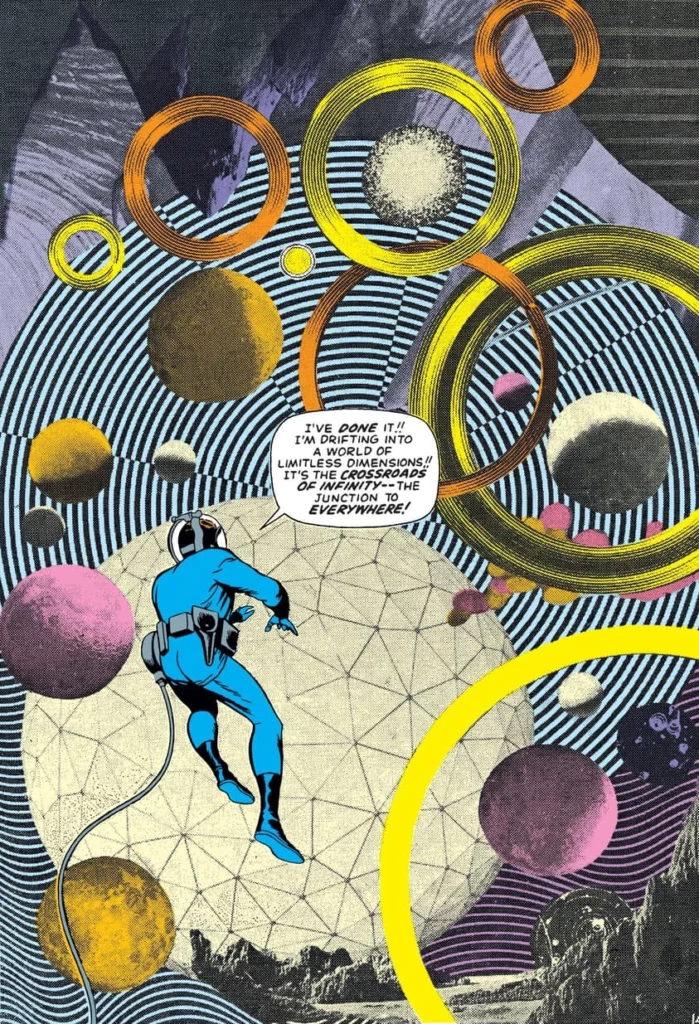
Throughout their run, which spanned approximately 108 issues in their initial series, the Fantastic Four introduced readers to a myriad of captivating locations and civilizations. From the Blue Area of the Moon to the Microverse’s Sub-Atomica, from Attilan, home of the Inhumans, to the enigmatic Negative Zone, the FF consistently pushed the boundaries of imagination. Each new arc showcased the team’s willingness to embrace the unknown and paved the way for other creators to contribute to their cosmic legacy.
The Fantastic Four’s evolution extended beyond the four core members. The introduction of Franklin Richards, the son of Sue Storm and Reed Richards, added a layer of complexity to the team’s dynamics. What began as a glimpse into the lives of Sue and Reed’s children quickly transformed into a saga of cosmic significance. Franklin’s reality-altering powers and his interactions with alternate versions of himself opened the door to mind-bending storylines that spanned time and space.
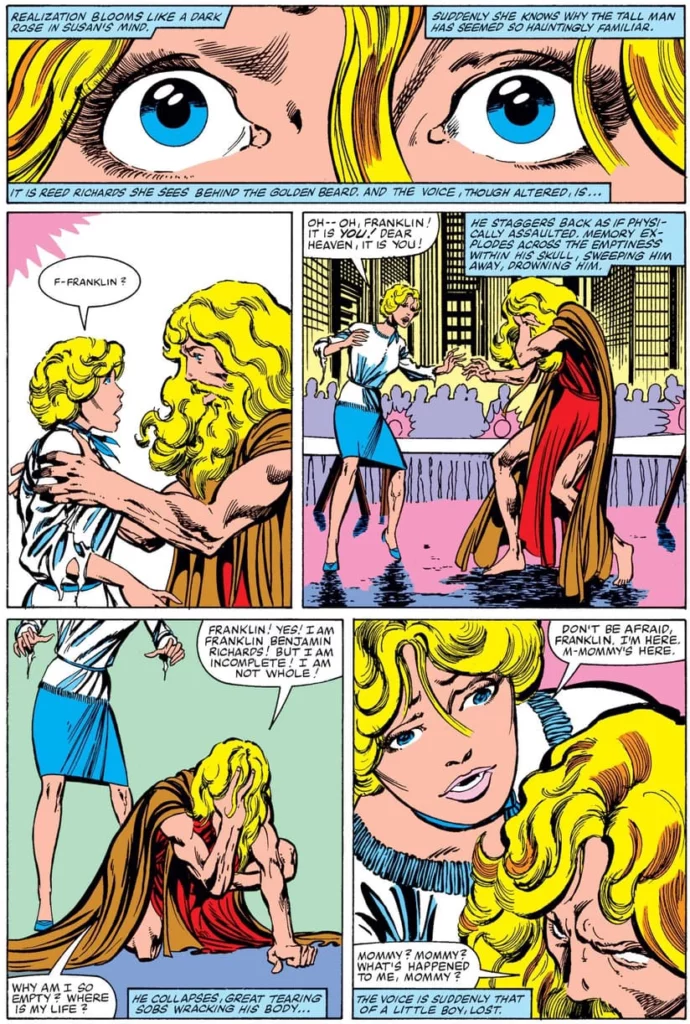
Franklin’s growth from a child to a powerful being with the ability to shape reality itself introduced intricate narrative possibilities. His involvement in various teams, such as Fantastic Force and the Future Foundation, showcased his unique role in the Marvel Universe. The intertwining timelines, alternate realities, and his transformation into a mutant named Powerhouse exemplify the complexity of his character arc.
The Fantastic Four’s legacy isn’t confined to just the core quartet. Throughout their history, numerous characters have stepped into the blue uniforms to aid the team in times of need. Spider-Man’s initial attempt to join the FF in “THE AMAZING SPIDER-MAN (1963)” foreshadowed the revolving door of temporary members. Notable substitutes included Crystal, the Inhuman Princess, who filled in for Sue, and She-Hulk, who brought her strength and legal expertise to the team.
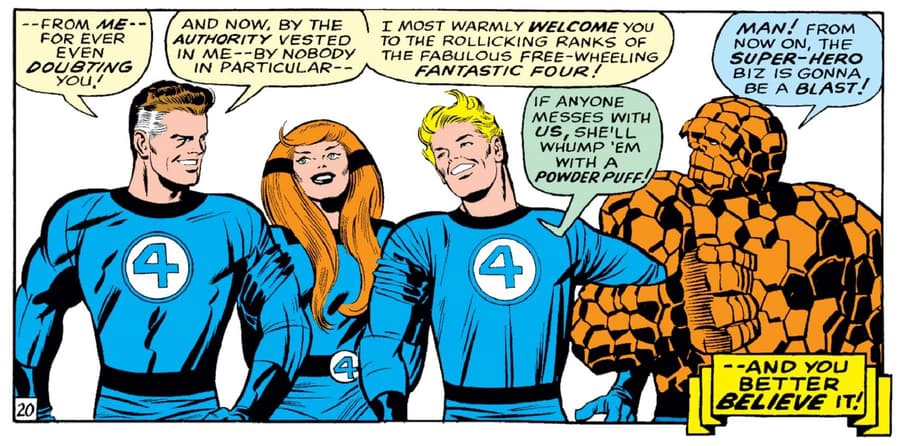
The FF’s flexible lineup showcased their adaptability and willingness to collaborate with a diverse range of heroes. From Luke Cage and Ant-Man to the temporary “all-new FF” comprised of Wolverine, Spider-Man, Ghost Rider, and the Gray Hulk, these alliances added depth to the team’s legacy and enriched their interactions within the Marvel Universe.
Beyond their battles with super villains, the Fantastic Four’s personal lives have been a tapestry of complex relationships. Sue Storm’s interactions with Namor the Sub-Mariner painted a vivid picture of the intersection between heroism and romance. Namor’s affection for Sue, despite her commitment to Reed, created an enduring tension that showcased the emotional complexities of superhero narratives.
The FF’s romantic entanglements weren’t limited to Sue and Namor. The revelation of Skrull infiltrator Lyja posing as Alicia Masters, and subsequently marrying Johnny Storm, added layers of deception and heartache to the team’s personal dynamics. The fluidity of relationships within the Marvel Universe mirrored the ever-evolving nature of the Fantastic Four’s adventures.

As the Fantastic Four’s legacy continued to evolve, their association with the Future Foundation marked a transformative chapter. Seeking innovation beyond the constraints of traditional science, Reed Richards established the Future Foundation as a beacon of progress and collaboration. This diverse assembly of young minds, including Franklin and Valeria Richards, embraced a new era of exploration and problem-solving.
The Future Foundation’s integration of heroes like Spider-Man and even Doctor Doom exemplified the team’s commitment to growth and change. Their efforts to save Earth and reality itself underscored the importance of adapting to new challenges and embracing unconventional solutions.

The Fantastic Four’s six-decade journey through the Marvel Universe is a testament to their enduring appeal and significance. As explorers of space, time, and the Multiverse, their adventures have shaped the very fabric of the Marvel Universe. Their ever-expanding roster, complex relationships, and insatiable curiosity have made the Fantastic Four a symbol of discovery and innovation, resonating with readers across generations. With each new storyline and every interaction with allies and enemies, the FF’s legacy continues to evolve, ensuring that their exploratory spirit will endure for years to come.
